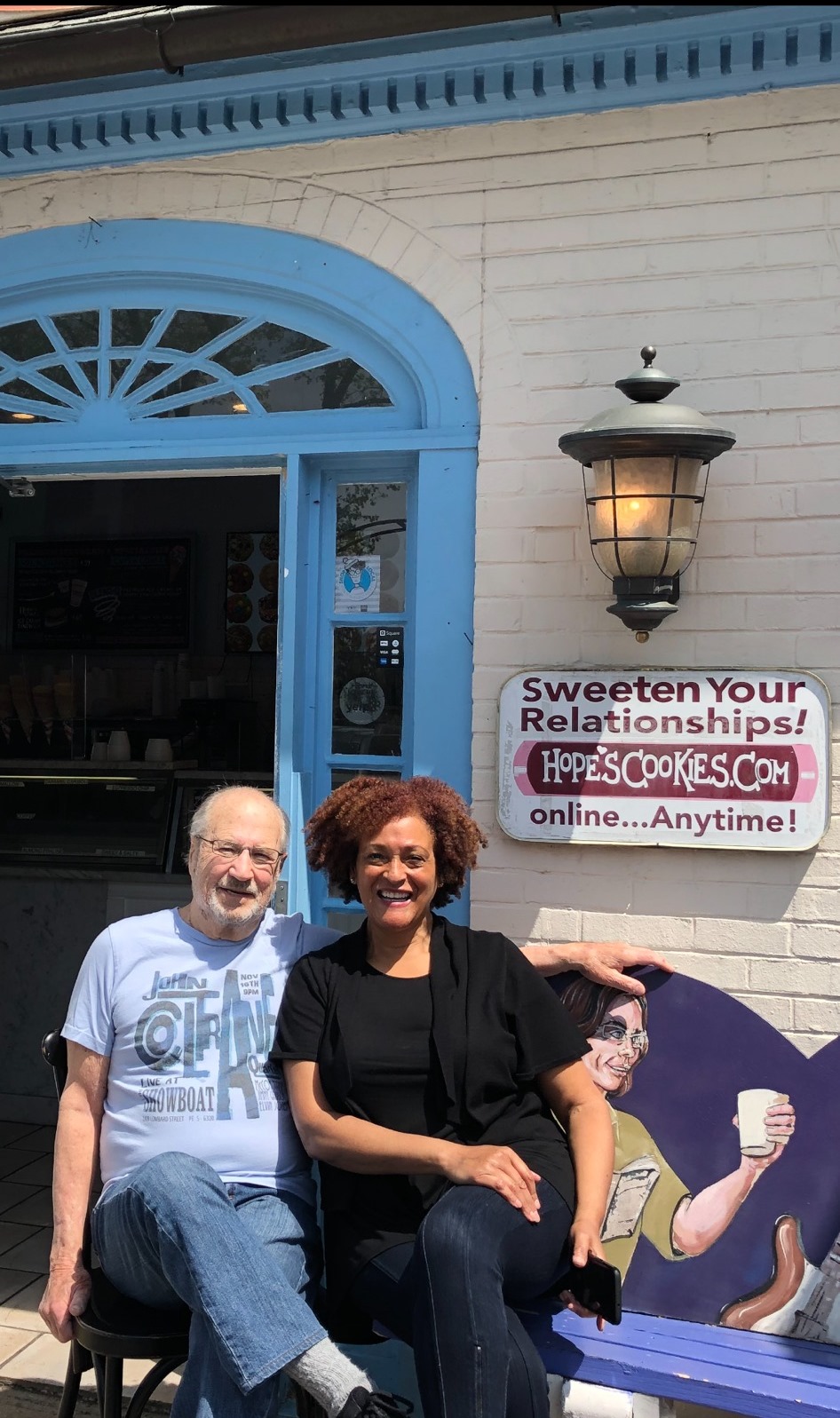Trumpeter Lee Morgan was killed by his former paramour at Slugs’, a New York City jazz club, on February 19, 1972. While only 33, Lee’s legacy includes collaborating as a sideman on John Coltrane’s Blue Train and Art Blakey & The Jazz Messengers’ Moanin’. As a bandleader, Lee recorded 30 albums for Blue Note Records, including The Sidewinder, one of the label’s best-selling albums.

Lee’s nephew, Raymond Darryl Cox, and I visited his grave on the 50th anniversary of his death. Lee was briefly united with his cherished flugelhorn.

To commemorate this milestone, All That Philly Jazz, along with Blue Note Records, Lee’s family, Mastbaum Area Vocational Technical High School alumni, business leaders, and Lee Morgan scholars and enthusiasts have nominated the legendary trumpeter for a Pennsylvania historical marker. A historical marker recognizes people, places and events that have had a measurable impact on their times, and are of statewide or national significance.
In his letter of support, Cem Kurosman, Vice President of Publicity at Blue Note Records/Capitol Music Group, said:
Fifty years after his death, Lee Morgan’s music remarkably continues to grow in stature. There remains a high level of interest from jazz fans all over the world in Lee’s life and music, which has fueled our efforts to reissue his Blue Note catalog so that his music can keep finding new generations of listeners. The expanded box set The Complete Live at the Lighthouse was widely acclaimed and sold out shortly after its release in August 2021. A historical marker would be a long overdue public memorial celebrating one of the greatest jazz musicians of all time.
Raymond Darryl Cox, executor of the Estate of Lee Morgan, said:
My mother, Ernestine Morgan Cox, was Lee’s older sister. She bought Lee his first trumpet and exposed him to jazz at the Earle Theater. JazzTimes named The Complete Live at the Lighthouse the number two historical album of 2021. The flugelhorn with which Uncle Lee posed on the album cover is a treasured family heirloom. Uncle Lee lives forever in our hearts. If the nomination for a Pennsylvania historical marker is approved, Lee Morgan will live forever in public memory.
Jazz master and trumpeter Cullen Knight met Lee in 1956. Knight was entering Mastbaum AVTS and Morgan was graduating from the storied high school. Knight said:
Lee’s heart and soul went into his music, and that’s what came out. Although Lee’s life was cut short, he said what he wanted to say with his trumpet and his compositions, and that was plenty.
The full press release is available here.
UPDATE: The review process for historical marker nominations ends in September with notification made shortly thereafter. This year, the review process has been extended until December. So we won’t know whether the Pennsylvania Historical and Museum Commission has approved the nomination until the end of the year. Let’s hope it’s a Merry Christmas for the Lee Morgan Family and Lee’s fans.




























